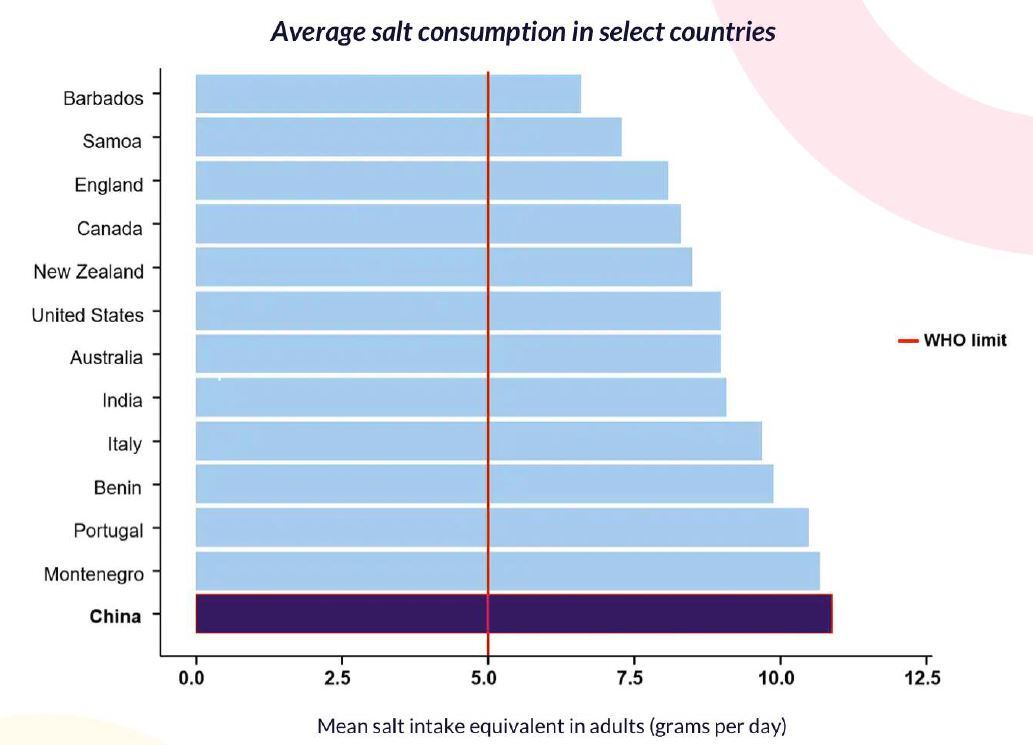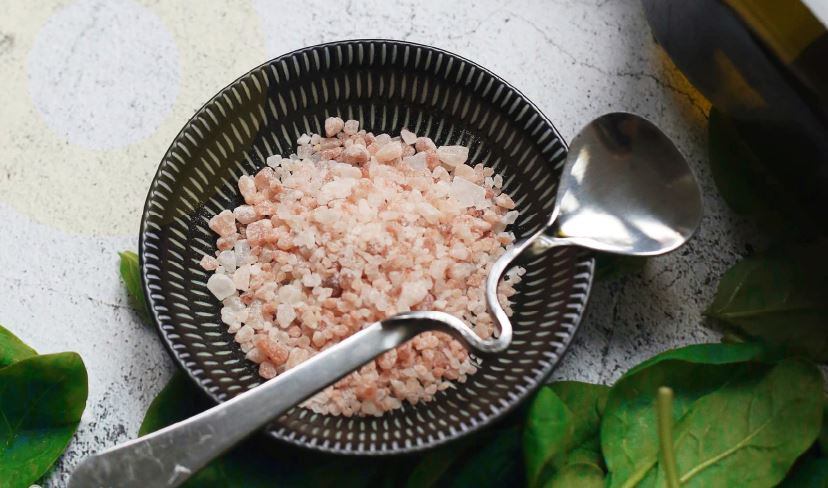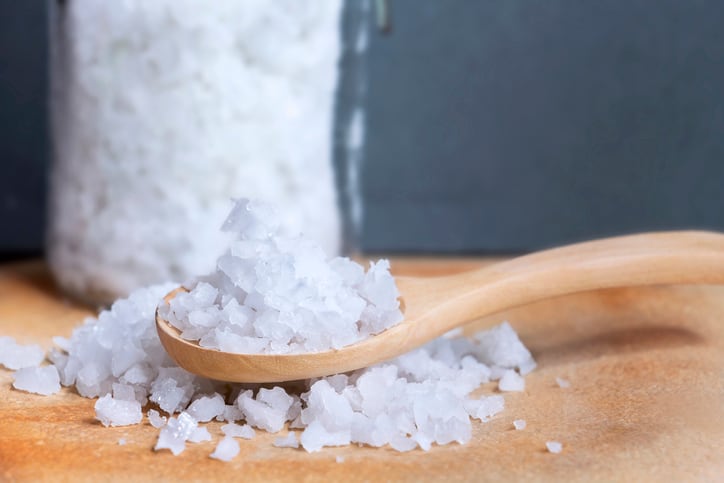Its latest report notes the number of strategies that food manufacturers can adopt to help consumers reduce their salt intake, including stealth reduction, potassium chloride and glutamates. However, these have not had the kind of promotions that sugar alternatives have had and are thus less well known.
Reducing salt intake is therefore not as high on consumers’ goals as cutting sugar, because salt has not seen the same level of publicity. This is exacerbated by an increasing array of ‘trendy’ products such as Pink Himalayan salt and flavoured salts. In addition, the health impact of excessive sale is a lot less obvious than in the case of sugar.

Consuming too much salt, however, puts us at greater risk from hypertension, heart disease and stroke, the top two causes of death the world over. Other health issues linked to excessive salt consumption are gastric cancer, obesity and lowered immunity.
As a result, the industry remains under pressure from campaigners and governments to reduce salt levels.
Categories up for grabs
Replacing some amount of sodium with potassium is an area offering the greatest scope for innovation among European food manufacturers, Ranjana Sundaresan, lead research analyst at Spoonshot, told FoodNavigator.

"You can replace sodium with potassium without affecting the taste and texture too much and it's not very expensive,” she said. “You can do it across a high-salt categories such as bread, meats and cheese. I haven't seen products that have been launched in these categories so these are definitely up for grabs.”
What’s more, consumers tend to not eat enough potassium -- an important mineral that functions as an electrolyte which helps regulate fluid balance, nerve signals and muscle contractions.
Increasing the potassium levels in salt therefore helps to balance out the negative aspects of sodium, Sundaresan said.
“We still need salt for our survival as it’s the most abundant source of sodium in our daily diets. But replacing a fraction of the sodium with potassium can balance out some of the more negative impacts of too much sodium.”
Spoonshot’s report adds that recent innovations using new ingredient sources are offering solutions to help consumers reduce the amount of salt or sodium they consume, pointing to significant potential in such technologies. Examples include alternative preservation techniques that reduce moisture through drying or using preservatives like sorbate, benzoate, nisin, or herbs (for clean label products); reducing the size of the salt particles to give a faster perception of saltiness and which works best where salt is added dry, such as in snacks; and modifying the structure of salt to make salt crystals which dissolve more efficiently while eating, and which can be especially useful in ensuring sodium can be cut without effecting taste.
These strategies are not new and have been researched for commercial use, if not actually used in mass production.
“However, salt reduction in processed foods has been laregley ignored or neglected due to the lack of any enforced regulation. For salt reduction to work effectively, it needs to be a combined effort by the government, brands and consumers,” the report observed.
COVID placing spotlight on salt and immunity link
Spoonshot also expected COVID to accelerate concerns about high salt intake. For example, a new German study has found evidence linking high-sale diets with lowered immunity. Participants who consumed 6 grams over and above their daily intake also displayed signs of pronounced immune deficiencies. With a week of increasing their salt intake, blood samples of the participants showed that immune cells coped much worse with bacteria.
While the researchers did not look at virus responses, the immunity link could interest consumers looking into ways to boost their immunity, especially in light of the pandemic, suggested the Spoonshot report.
“Lowering salt consumption is unlikely to cure COVID-19, but improving overall immunity for those who need it is likely to help cope with the disease in general an avoid preventable medical bills,” it said.



